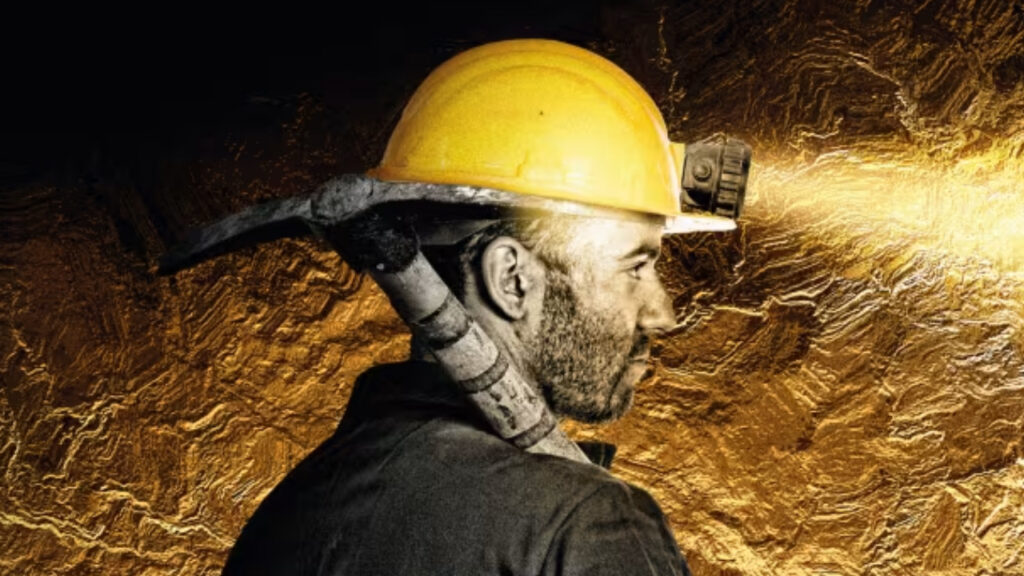As eyes shift from iron ore to copper and commodities become increasingly political, we study the London market for the majors, the mid caps and the minnows worthy of investor attention.
Ten years ago, I held a gold brick for the first time. That 15-kilogram lump, then worth £380,000, would now fetch £1.2mn.
Over that period, the major miners have learned to better control their impulses to buy up projects and smaller companies, but in many ways the industry remains the same. Mid-caps and juniors have the same worries: generating cash and attracting investor attention, respectively. Among the large caps, Anglo American (AAL) has gone further than most in terms of restructuring, yet its spin-offs and sales only confirm a tendency in place since Mondi (MNDI) was divested in 2007.
…
At the smallest end of the scale, it has become far tougher to raise cash for early exploration work, say operators. There is more interest in the sector from monied new entrants, particularly from the Middle East. But they want to do major deals, not help juniors float along.
“The industry is at a stalemate; a junior mining company with a $20mn market cap cannot raise $200mn to build a mine with a $500mn [net present value],” says Anthony Milewski, the former chief executive of Cobalt 27 and managing director of investment at private equity fund Pala Investments
Read full article.




















